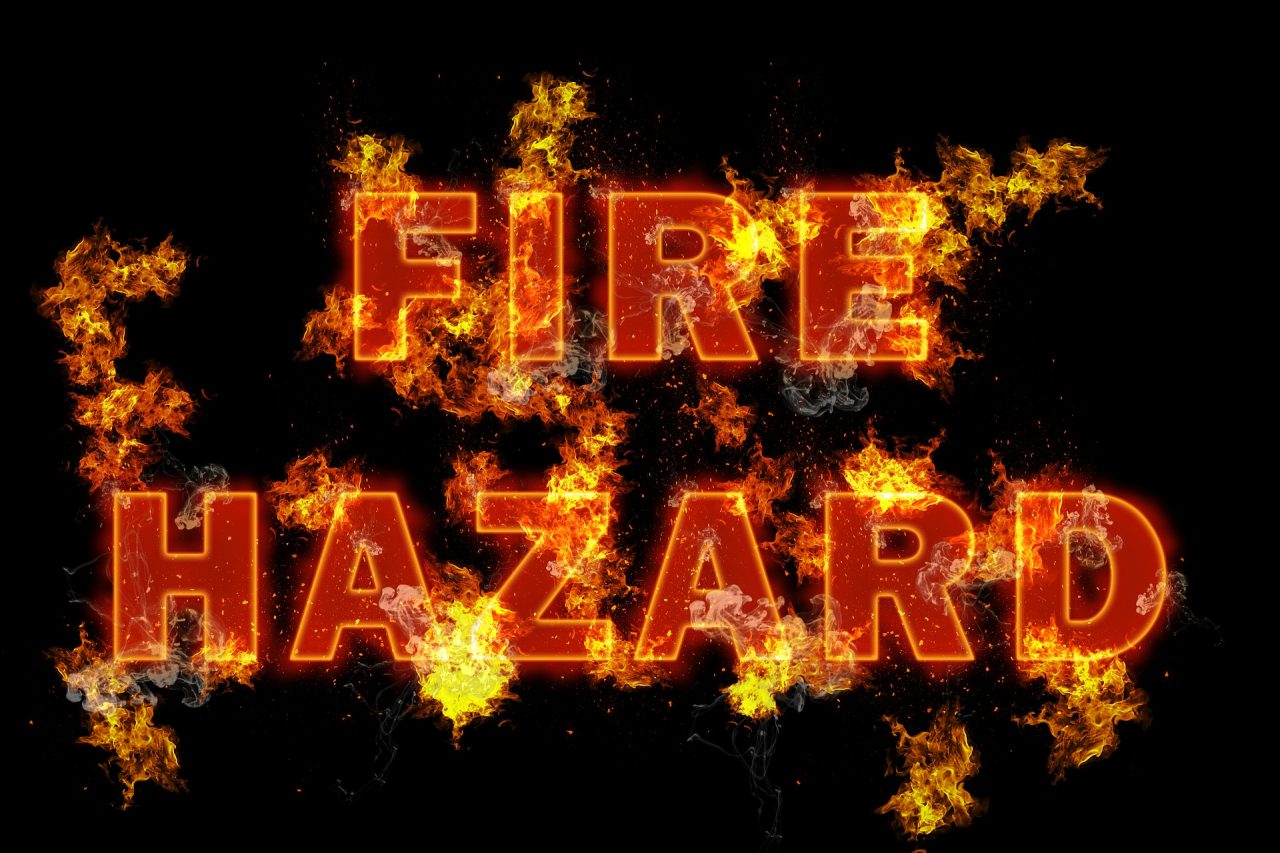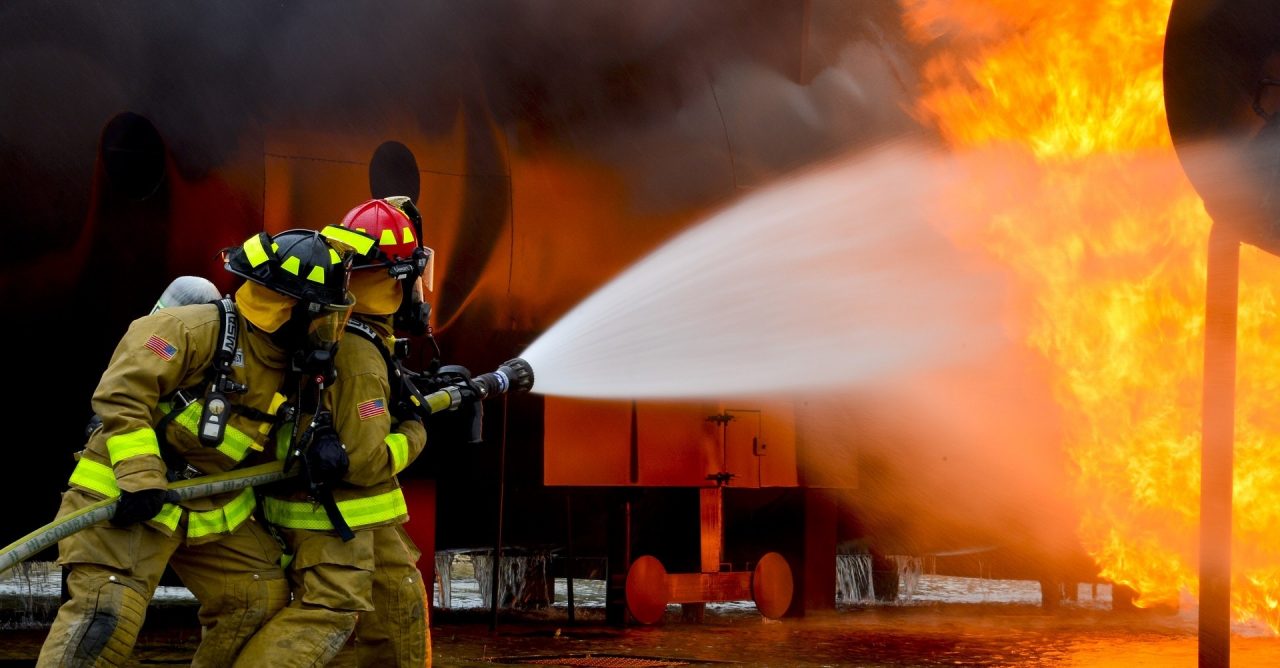
Fire Safety Training
Fires destroy property, cause injuries, and take lives. Sudden fire caused at the workplace can also mean the termination of jobs, as many of the offices and factories destroyed by fire are never rebuilt. The most important methods to maintain a safe workplace and preventing fires are fire safety training.
With the help of proper training workers can avoid fire threat and react quickly and efficiently if a fire breaks out. Lack of reliable training, a small incident can rapidly grow to become a major incident with destroying outcomes.
If there is a fire everyone is at risk. Therefore, some workers who may be at greater risk because of when or where they work, or because they’re not familiar with the premises or the equipment at the work site.
With the help of Fire safety training workers can learn how to recognize fire hazards, conduct a fire safety risk assessment, prevent a workplace fire, and respond if a fire occurs.
Identifying Fire Hazards
Training begins by recognizing the basic properties of fire. A fire blows out when heat (a source of ignition) comes into contact with inflammable fuel (anything that burns) and oxygen is present. To prohibit a fire, the aim is to keep sources of ignition and fuel apart.
Conducting a Fire Safety Risk Evaluation
The fire safety risk evaluation assists in identifying what a workplace needs to do to prevent a fire and keep people safe. The evaluation looks at:
1. Emergency routes and exits
2. Fire detection and warning systems
3. Fire fighting equipment
4. Removal or safe storage of dangerous substances
5. The emergency fire evacuation plan
6. The needs of vulnerable people
7. Communication with employees and others on the premises
8. Staff fire safety training
A fire safety risk evaluation is the first step in identifying fire hazards. This also checks the people who are at risk, state of emergency preparedness, and effectiveness of controls in the workplace. By the information gathered from the risk evaluation employers can make improvements in their fire safety plans and avoid or reduce risks. Owners can also make certain suitable training to workers.
Preventing Workplace Fires
Fire safety training instructs workers how to escape from fires. If workers are aware of the best ways to escape from fire, they can contribute significantly to a safer workplace.
Tips to prevent fires in the workplace include:
1. Keep the workplace clean. Usual junk and construction waste act as fuel for fire. Litter may restrict access to exits and emergency equipment.
2. Use smoke only in selected areas and extinguish smoking materials safely. Never smoke in storerooms or chemical storage areas.
3. Point out hazards and potential fire risks with clear, visible signage. Critical and emergency contact numbers should be addressed by the company address in all working areas.
4. Always keep the machinery cleaned and decently lubricated to avoid overheating and friction sparks.
5. Always keep oily clothes in a covered metal container. These junk must be safely disposed of on a regular basis.
6. Always repair damaged wiring and disturbing electrical equipment regularly and promptly. Try not to attempt electrical repairs unless you are qualified and authorized.
7. Restrict or prohibit running electrical cords or wires under rugs and carpets or near a heat source; keep them out of doorways where they can become worn.
8. Always encourage free spaces to all electrical control panels.
9. Use and store chemicals safely. Always look at the labels and the Material Safety Data Sheets (MSDS) to learn about flammability and other fire hazards. Provide adequate ventilation when using and storing these substances.
10. Always be cautious of possible ignition sources when working in potentially explosive atmospheres, such as those containing flammable liquid vapours or fine particles (e.g. vehicle paint spraying or grain flour). Always try to use non-glitter tools and control steady electricity as required.
11. Try to avoid blocking of sprinklers, firefighting equipment, or emergency exits. Observe clearances when stacking materials.
12. Properly know how to properly use a fire extinguisher. Find out where fire extinguishers are located and which extinguishers to use for the specific type of fire.
Conclusion:
If You have any queries you can drop your questions below,
we will be happy to solve your problems.
Thanks for reading…!!!
JP Engineering
https://jp-engg.com/


